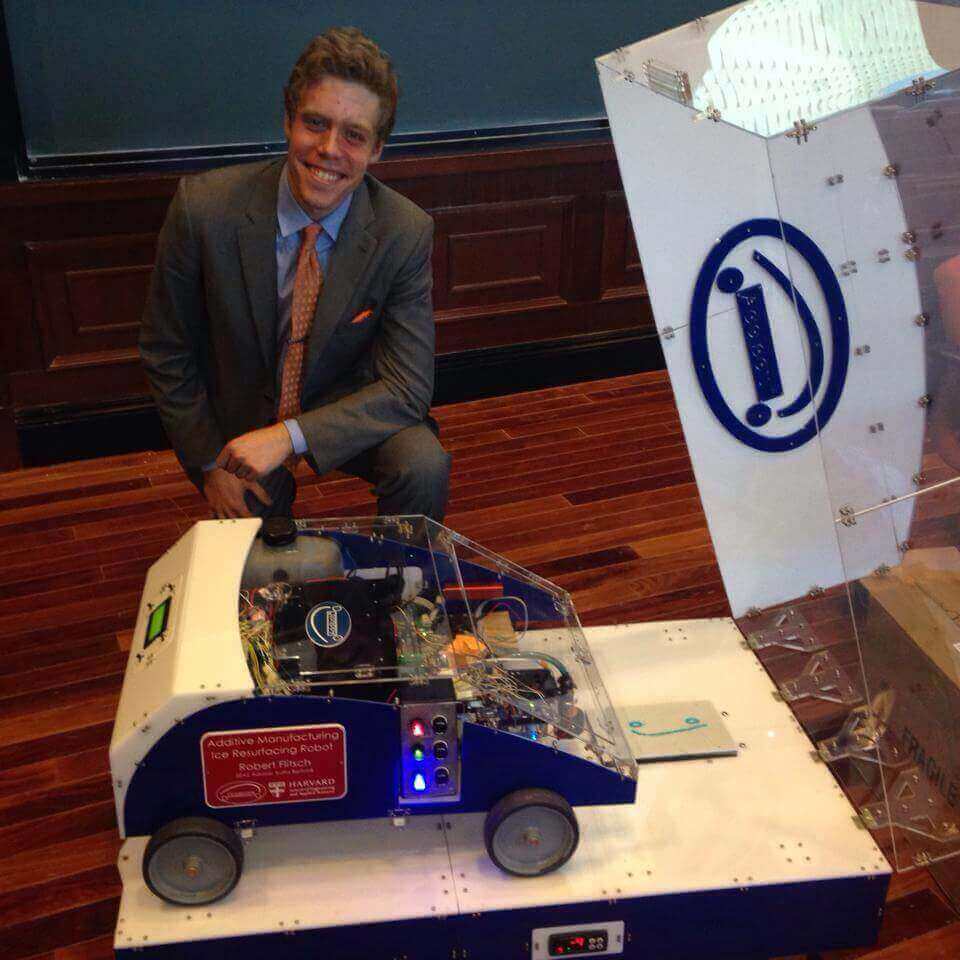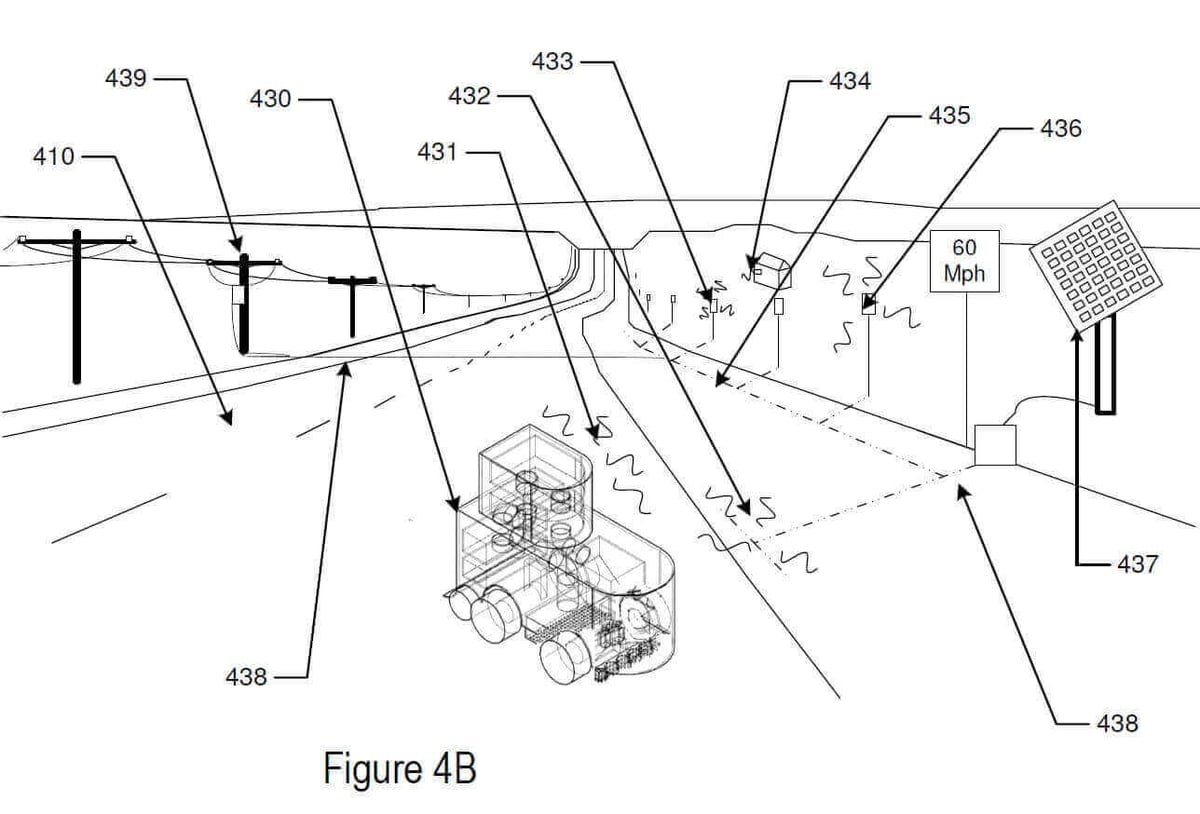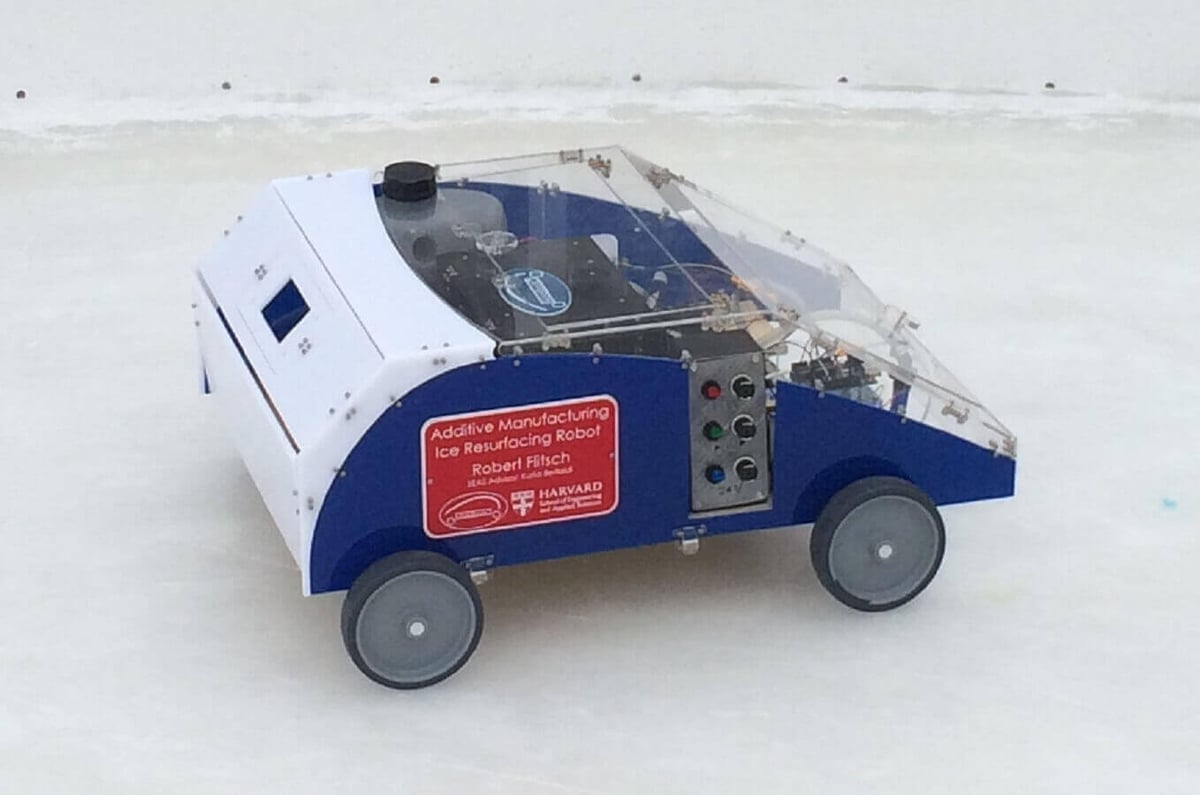Potholes are one of life’s annoying little irritations. If Addibot, a robotic 3D printer, gets funding, they could become a thing of the past!
The start-up company, Addibots, has brought out a 3D printing robot which will be able to zoom around a city, mending uneven road surfaces.
Robert Flitsch, a mechanical engineer and recent Harvard grad, dreamt up the idea and now the Addibot has more than two years of research and development behind it.
“One of the main limitations with 3D printers is you typically have it printing inside this box, and you can really only print objects of the size of the workspace you’re printing in,” says the 22-year-old Flitsch, a mechanical engineer who graduated from the Harvard John A. Paulson School of Engineering and Applied Sciences last May. “If you take additive manufacturing implements and make them mobile, you can print objects of arbitrary size.”
The Addibot is essentially a 3D printer mounted onto a moving robot which has the ability to move to any desired location and print larger objects, potentially on any scale, and can work in almost any environment where there is a flat surface!
The Addibot in Action
To demonstrate the Addibot’s proof of concept in 2D – the team used ink cartridges but soon moved onto the 3D output.
To do this, they used water and repurposed the Addibot as an Ice Resurfacing machine to treat carved up ice skating rinks. The Ice Resurfacing Addibot was tested on a real ice rink surface, with the team satisfied with the results!
Although the mobile 3D printing unit could be used for many purposes, the team are focusing on road engineering and are now developing the Addibot design to accommodate asphalt materials.
As well as fixing potholes, resurfacing roads and mending cracks, the team hope to keep up with advancements in the transportation technologies. They say that its technology could also mean more advanced roadways in the future.
For example, when it comes to electric cars, their futuristic ideas include using Addibots to blend conductive materials into roadways for transmission of electrical power or add sensors to allow communication between vehicles.
The first products will be unmanned autonomous units, but they eventually plan to offer a number of models in various sizes.
What do you think of the future of mobile 3D printers? Feel free to leave your opinion in the comments below!
License: The text of "Addibot: Mobile 3D Printer Eliminates Potholes" by All3DP is licensed under a Creative Commons Attribution 4.0 International License.


